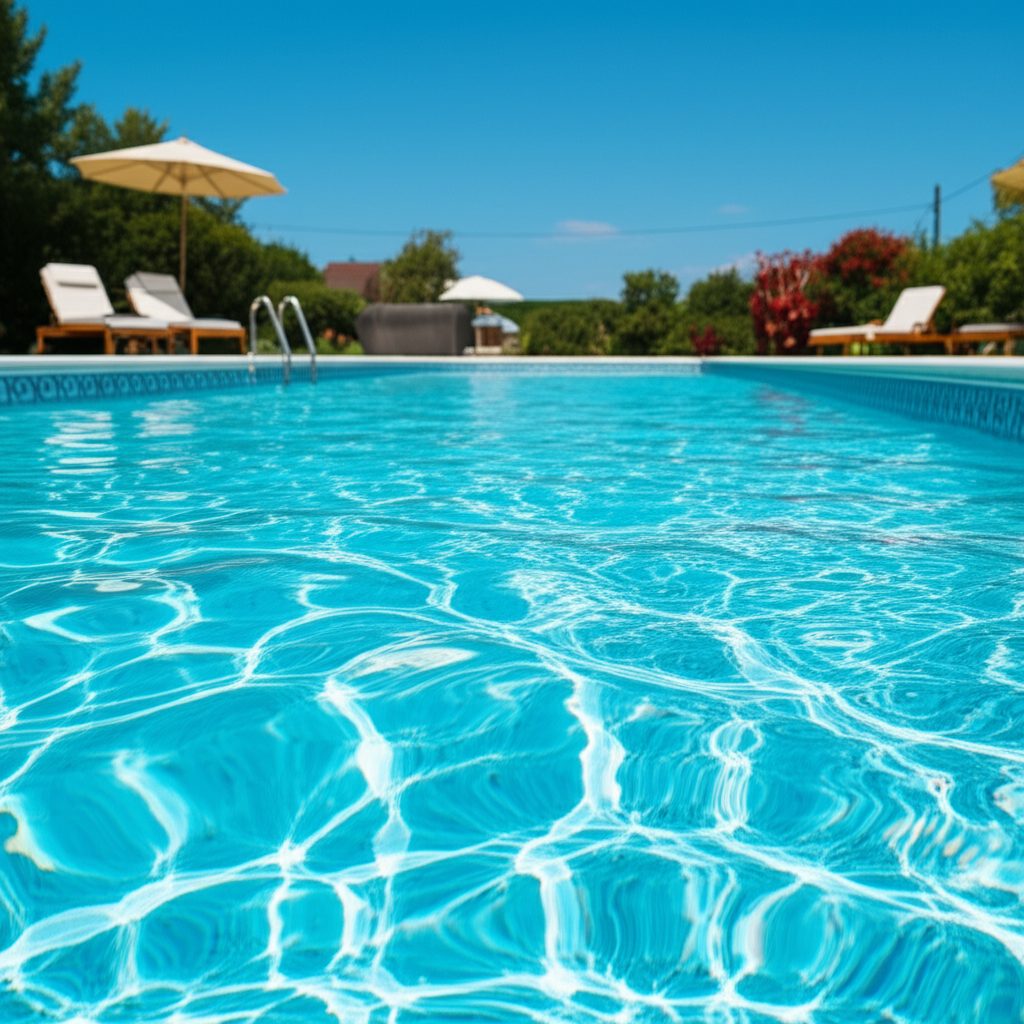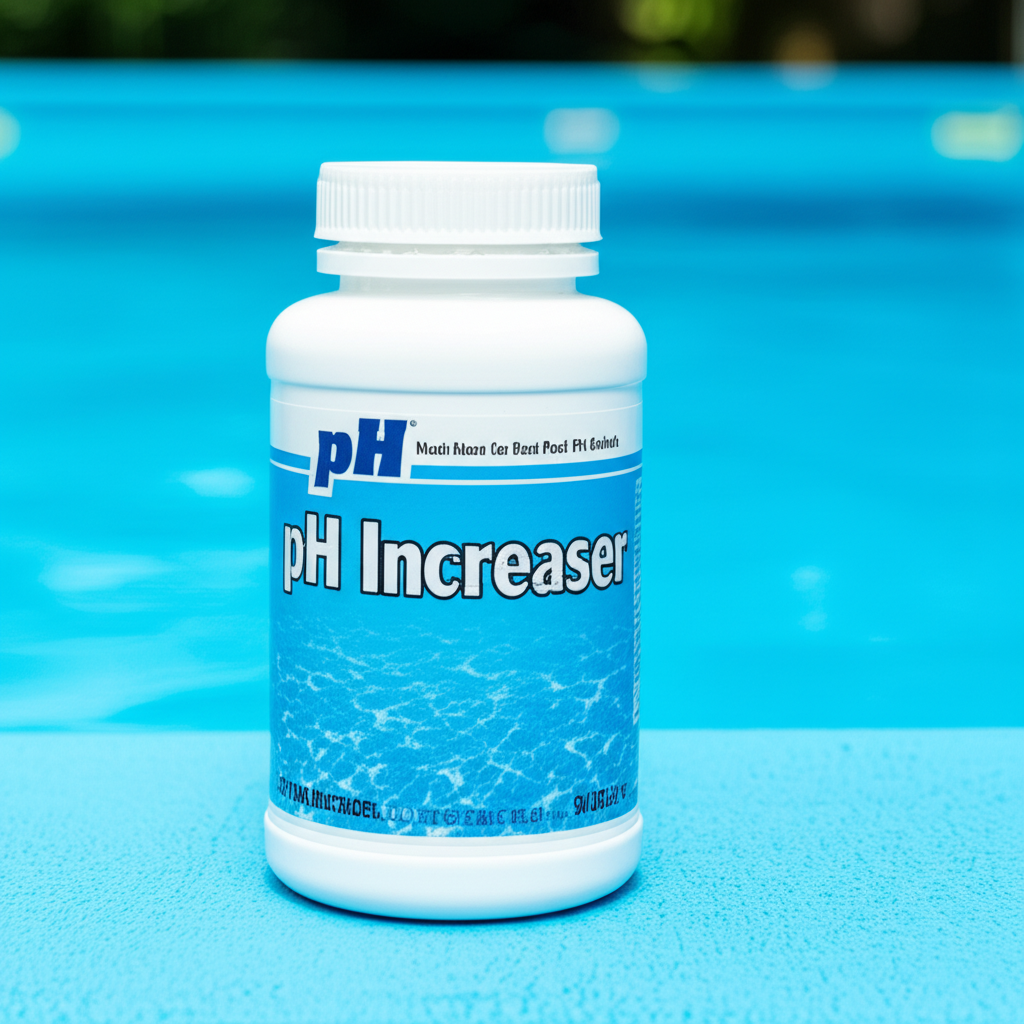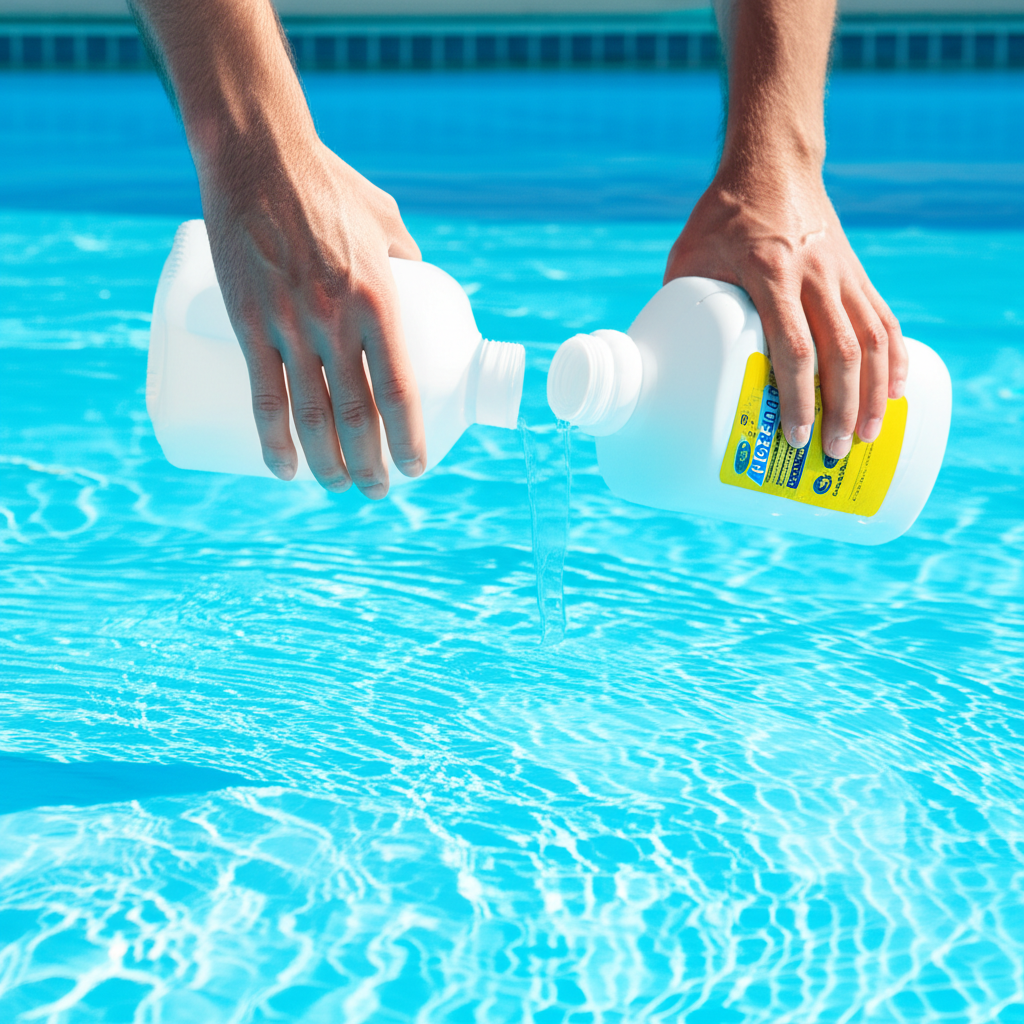- What is Free Chlorine and Why Does Your Pool Need It?
- Deciphering Chlorine Readings: Free Chlorine vs. Total Chlorine
- Master Your Pool Chemistry for Optimal Free Chlorine Levels
- Boosting and Preserving Your Pool Sanitizer
- The Holistic Approach: More Than Just Free Chlorine
Free Chlorine is the undisputed champion when it comes to keeping your pool water sparkling clear, safe, and inviting. It’s the active ingredient that tackles contaminants head-on, ensuring your backyard oasis remains a pristine escape rather than a murky hazard. Understanding how Free Chlorine works, how to measure it, and how to maintain its optimal levels is the cornerstone of effective pool care. Without a robust Free Chlorine presence, your pool becomes a breeding ground for bacteria, algae, and other undesirable elements, quickly turning that refreshing dip into a concerning swim.
What is Free Chlorine and Why Does Your Pool Need It?

At its most basic, Free Chlorine refers to the amount of chlorine available in your pool water that is actively working to sanitize and disinfect. This includes hypochlorous acid (HOCl) and hypochlorite ion (OCl-), both powerful oxidizers. When you add chlorine to your pool, these compounds are released, seeking out and destroying bacteria, viruses, algae, and organic contaminants introduced by swimmers, leaves, dust, and rain.
Think of Free Chlorine as your pool’s immune system. It’s constantly on guard, neutralizing threats before they can take hold and cause problems like cloudy water, algae blooms, or the spread of germs. Its presence is vital not just for aesthetics but, more importantly, for the health and safety of everyone who enjoys your pool.
Deciphering Chlorine Readings: Free Chlorine vs. Total Chlorine
Understanding your pool’s chlorine levels goes beyond just adding chlorine. It involves distinguishing between different types that your test kit measures:
Free Chlorine (FC): As discussed, this is the active, working chlorine available to sanitize your pool. It’s what you want to be present in adequate amounts (typically 1-3 parts per million, or ppm).
Combined Chlorine (CC): Also known as chloramines, Combined Chlorine is formed when Free Chlorine has reacted with nitrogen-containing contaminants like sweat, urine, and cosmetics. Once chlorine combines with these substances, it loses much of its sanitizing power and creates that strong, unpleasant “chlorine smell” often associated with pools – a smell that actually indicates a lack of effective Free Chlorine, not an abundance. Chloramines are also irritating to eyes and skin.
Total Chlorine (TC): This is simply the sum of Free Chlorine and Combined Chlorine (TC = FC + CC).
Ideally, your Combined Chlorine level should be as close to zero as possible – certainly below 0.5 ppm. If your Total Chlorine measurement is significantly higher than your Free Chlorine, it indicates an accumulation of chloramines, signaling that it’s time to shock your pool.
Master Your Pool Chemistry for Optimal Free Chlorine Levels
Maintaining optimal Free Chlorine levels is a continuous dance with your pool’s chemistry. Here’s how to ensure your pool’s primary pool sanitizer is always performing at its best:
1. Regular Testing is Key: Invest in a reliable test kit (liquid reagents are often more accurate than strips) and test your Free Chlorine levels daily, or at least every other day, especially during heavy use or hot weather.
2. Target Range: Aim for a Free Chlorine level between 1-3 ppm. Some experts recommend slightly higher levels (up to 4 ppm) for saltwater pools or periods of heavy bather load.
3. Add Chlorine Effectively:
Chlorine Tablets (Trichlor/Dichlor): Stabilized chlorine suitable for gradual, consistent dosing. Use in floaters or automatic feeders.
Granular Chlorine (Dichlor/Cal Hypo): Dissolves quickly and is good for daily top-ups or shocking. Always dissolve granular chlorine in a bucket of water before adding it to the pool to prevent bleaching liners.
Liquid Chlorine (Sodium Hypochlorite): Unstabilized chlorine, potent for quick increases or shocking. Degrades quickly in sunlight.
4. Understand pH and Cyanuric Acid (CYA):
pH: The acidity or alkalinity of your water drastically affects Free Chlorine’s efficacy. A pH range of 7.4-7.6 is ideal. If pH is too high, Free Chlorine becomes less effective; if too low, it can become overly aggressive and corrosive.
CYA (Stabilizer): Cyanuric Acid protects Free Chlorine from degradation by UV rays. Without it, your chlorine will vanish rapidly. However, too much CYA (over 80 ppm) can “lock up” Free Chlorine, making it less active. Aim for 30-50 ppm of CYA.
Boosting and Preserving Your Pool Sanitizer
Sometimes, despite your best efforts, Free Chlorine levels can drop. This often occurs after heavy rain, intense heat, or a pool party. When Free Chlorine levels dip below the ideal range, it’s crucial to act promptly. Superchlorination, commonly known as “shocking” the pool, involves adding a large dose of chlorine to rapidly raise Free Chlorine levels and break down accumulated chloramines and other organic matter. This revitalizes the pool’s sanitizing power and often resolves issues like cloudy water or persistent algae.
To preserve your Free Chlorine:
Run your pump and filter daily: Good circulation helps distribute chlorine and filter out contaminants that would otherwise consume it.
Clean your filter regularly: A dirty filter can’t remove debris, leaving more work for your Free Chlorine.
Skim and vacuum often: Removing leaves and debris physically reduces the organic load on your chlorine.
Keep non-swimmers out: Discourage pets and other animals from entering the pool, as they introduce substantial organic matter.
Shower before swimming: Rinsing off before entering the pool dramatically reduces the introduction of lotions, oils, and sweat that consume Free Chlorine.
The Holistic Approach: More Than Just Free Chlorine
While Free Chlorine is paramount, it’s part of a larger ecosystem. Achieving consistently sparkling water requires a holistic approach to pool maintenance:
Proper Filtration: Your filter removes physical contaminants, reducing the demand on your chlorine.
Alkalinity and Calcium Hardness: These parameters ensure a stable pH and prevent etching or scaling.
Brushing and Vacuuming: Beyond what your filter can do, manual cleaning helps remove stubbornly clinging debris and algae.
* Water Balance: All chemicals work in harmony. If one is off, it can negatively impact the others, including your Free Chlorine.
In conclusion, Free Chlorine is not just another chemical; it’s the active protector of your pool, ensuring sanitation, clarity, and safety. By understanding its role, regularly testing your water, and proactively managing your pool’s chemistry, you empower this vital pool sanitizer to do its job effectively. Consistently maintaining optimal Free Chlorine levels is the ultimate secret to enjoying a crystal-clear, healthy, and inviting swimming experience all season long.


